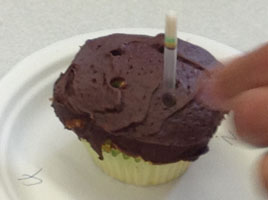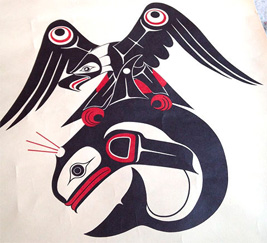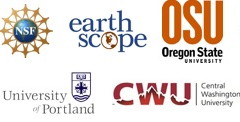Cascadia Tectonics Earthquakes and Tsunami
The teaching and learning resources here all pertain to the basics of earthquake and tsunami hazards in Cascadia as featured in CEETEP workshops . Teachers on the Leading Edge, IRIS, and UNAVCO have even more resources on this topic. For presentations and other resources from a specific CEETEP workshop, visit our Workshops page.
Presentations |
|
|
Presentation introducing fundamental concepts of Earthquake and Tsunami that are particularly tailored for the Pacific Northwest region (Cascadia). May be used either as learning aids for educators or edited for their own presentations. Associated animations are included as separate files. |
|
Cascadia Earthquakes and Tsunami presentationAssociated animations: |
|
Native American Indigenous Oral Histories and Disaster Preparedness presentationAssociated videos: |
|
Activities |
|
|
Activity Instructions |
Investigating Tsunami Inundation Factors
|
Activity Instructions |
|
Activity Instructions |
|
Activity Instructions |
Pacific Northwest Fault Block Model
|
Activity Instructions |
|
Activity Resources |
Information and Maps |
|
Introduction to Pacific Northwest Plate Tectonics, Earthquakes, and VolcanoesDocument provides a brief (12 page) introduction to regional plate tectonics, earthquakes, and volcanoes of the Pacific Northwest. The focus is mainly on the subduction zone (coast to Cascade Mountains) because that is where most of the earthquakes and volcanoes occur, and where tsunamis can be generated. |
Document |
Pacific Northwest Tectonic Setting and Geology PosterThis poster includes maps of the physical geography, bedrock geology, physiographic provinces, and tectonics of Washington and Oregon. |
Poster |
Pacific Northwest Plate Tectonics Map and Cross-sectionThis CEETEP poster includes a schematic map and cross-section of Cascadia plate tectonics. |
Poster |






